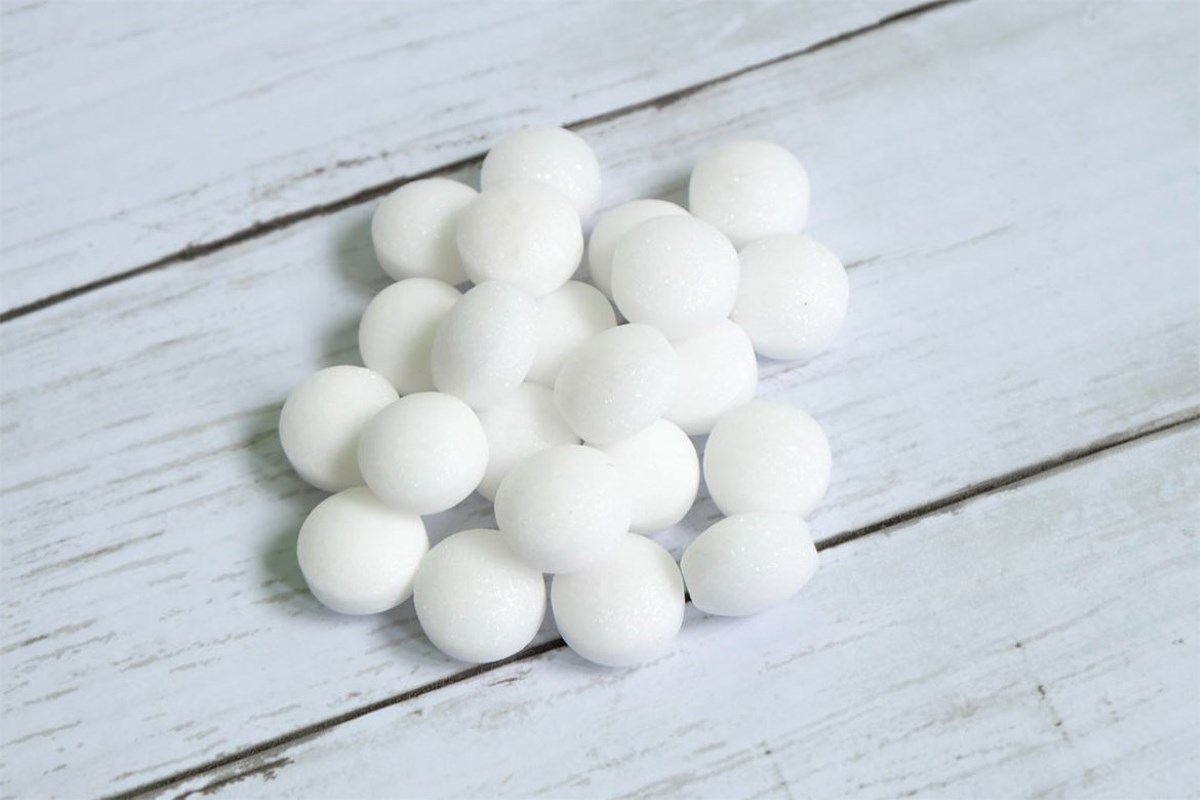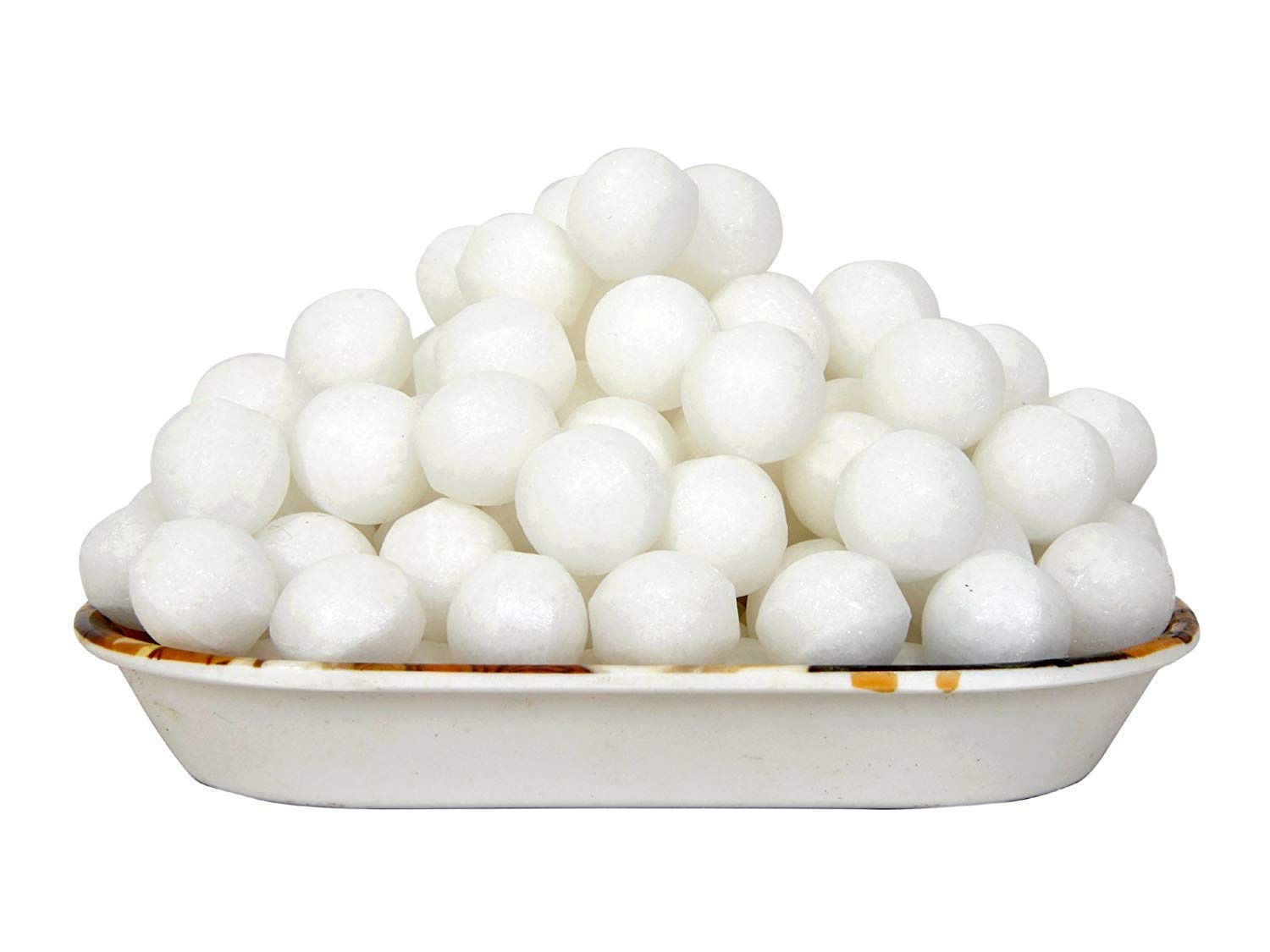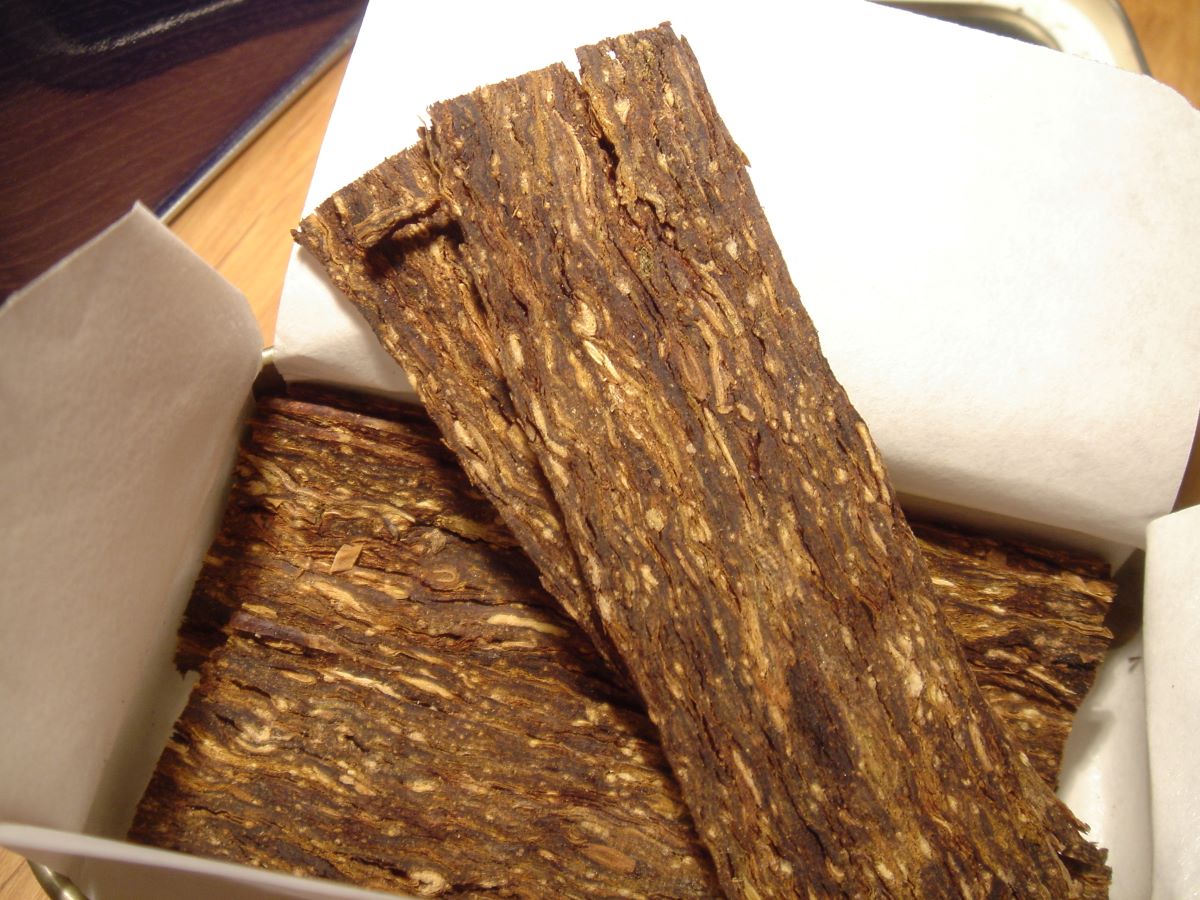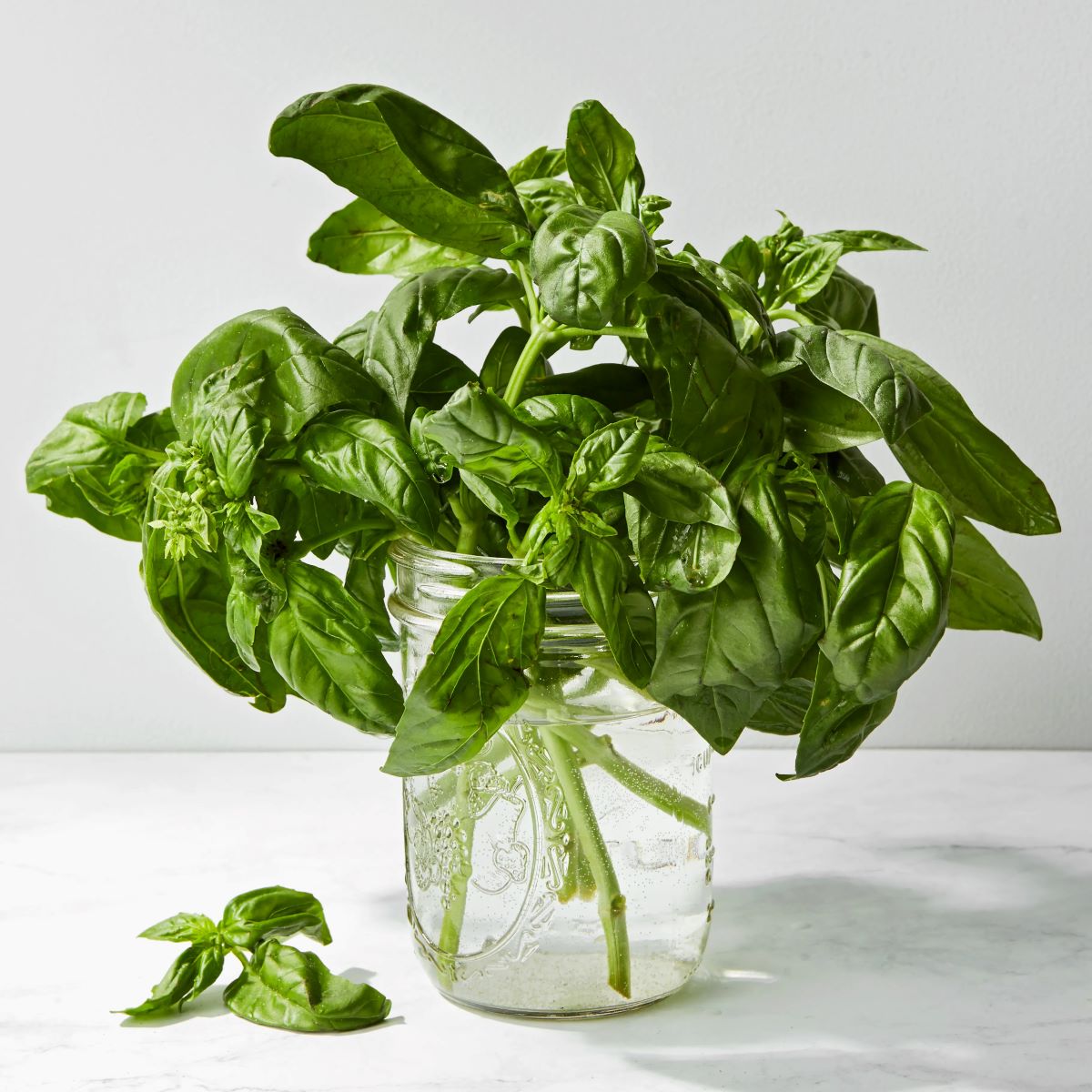

Articles
How To Store Mothballs
Modified: December 7, 2023
Looking for articles on how to store mothballs? Discover effective methods and tips to properly store mothballs and keep them fresh for longer.
(Many of the links in this article redirect to a specific reviewed product. Your purchase of these products through affiliate links helps to generate commission for Storables.com, at no extra cost. Learn more)
Introduction
Mothballs are commonly used to protect clothing and textiles from moth damage. These small, pungent balls contain a chemical called naphthalene or paradichlorobenzene, which releases a strong odor that repels moths and other insects. While mothballs are effective in warding off pests, it is equally important to store them properly to maintain their potency and ensure their safety.
In this article, we will explore the importance of storing mothballs correctly and provide you with helpful tips and guidelines to ensure their longevity and effectiveness. Whether you already have mothballs or plan to use them in the future, understanding how to store them properly is crucial to maximize their benefits and minimize any adverse effects.
So, let’s dive in and learn how to store mothballs effectively!
Key Takeaways:
- Proper storage of mothballs is crucial to maintain their potency, ensure safety, and prevent unwanted odors or damage to other items. Follow guidelines for container choices, storage locations, and necessary precautions.
- Consider factors such as type of mothballs, storage containers, and location to maintain their effectiveness. Take precautions while handling and disposing of mothballs to ensure safety and protection against moth damage.
Read more: How To Use Mothballs In A Closet
What Are Mothballs?
Mothballs are small, solid balls or tablets that are typically white in color. They are composed of either naphthalene or paradichlorobenzene, which are chemicals known for their strong odor and insect-repelling properties. These substances sublimate, meaning they transition from a solid state to a gas without going through a liquid phase. This gas is what repels moths and other insects and helps protect clothing, fabrics, and other susceptible items.
The primary function of mothballs is to prevent moth larvae from infesting and damaging natural fibers, such as wool, silk, and fur. Moth larvae, commonly known as clothes moths, feed on these materials, causing significant damage over time. By emitting a strong odor, mothballs create a barrier that deters moths from laying eggs and keeps them away from valuable textiles.
It’s important to note that while mothballs are effective in deterring moths, they can be toxic if ingested or inhaled in large quantities. For this reason, it is crucial to handle and store mothballs with caution, following specific guidelines to minimize any potential health risks. Let’s explore why proper storage of mothballs is essential.
Why Do You Need to Store Mothballs Properly?
Proper storage of mothballs is crucial for several reasons. Firstly, it helps maintain their potency and effectiveness over time. Mothballs work by slowly releasing their repelling gas into the surrounding area, creating a barrier that keeps moths at bay. However, if they are not stored correctly, their potency may diminish, and they may become less effective in preventing moth infestations.
Secondly, storing mothballs properly ensures the safety of both humans and pets. Mothballs contain toxic chemicals that can be harmful if ingested or inhaled in large quantities. When stored securely in appropriate containers, mothballs minimize the risk of accidental ingestion by children or pets. Furthermore, proper storage also prevents the release of harmful fumes into the environment, maintaining a safe and healthy living space.
Another reason to store mothballs properly is to avoid any unwanted odors or damage to other items. Mothballs have a strong odor that can be overpowering if not contained properly. By storing them in the right containers, you can prevent the odor from permeating other items in your storage area or living space. Additionally, if mothballs come into direct contact with fabrics or delicate materials, they can cause discoloration or damage, further highlighting the importance of proper storage.
Lastly, storing mothballs properly allows for easy access and retrieval when needed. By organizing and labeling your mothball containers, you can quickly locate and use them whenever you need to protect your clothing or textiles. This saves time and ensures that you can take necessary preventive measures against moth damage promptly.
Now that we understand why proper storage of mothballs is essential, let’s explore the factors to consider before storing them.
Factors to Consider Before Storing Mothballs
Before storing mothballs, there are several factors you should consider to ensure their longevity and effectiveness. These factors will help you choose the right storage containers, determine the appropriate storage location, and establish the necessary precautions to take. Let’s delve into these factors:
- Type of mothballs: The type of mothballs you have will impact the storage requirements. Naphthalene and paradichlorobenzene mothballs have different properties and storage guidelines. It’s important to check the packaging or product information for specific instructions.
- Storage container: Selecting the right storage container is crucial. Look for airtight containers that can prevent the escape of mothball gas. Glass jars with tight lids or plastic containers with secure seals are good options. Avoid using permeable materials such as cardboard, as they may allow the odor to escape.
- Labeling: Label the containers clearly to indicate that they contain mothballs. This will help prevent accidental ingestion and ensure that you can easily identify the contents when needed.
- Storage location: Choose a cool, dry, and well-ventilated storage area for the mothballs. Avoid areas with high humidity, as moisture can cause the mothballs to degrade or clump together.
- Accessibility: Store the mothballs in a location that is easily accessible but out of reach of children and pets. Consider using locked cabinets or shelves to prevent accidental exposure.
- Separation from other items: It’s important to keep mothballs separate from clothing, fabric, and other sensitive items. Placing them in a dedicated container or wrapping them in a breathable fabric can prevent direct contact and potential damage.
- Regular inspection: Periodically check the mothballs for any signs of degradation or loss of effectiveness. Replace them as needed to ensure continued protection.
By considering these factors, you can make informed decisions about storing your mothballs safely and effectively. Now that we have covered the factors to consider, let’s move on to some useful tips for storing mothballs.
Tips for Storing Mothballs
Storing mothballs properly is essential to maintain their effectiveness and ensure safety. Here are some helpful tips to consider when storing mothballs:
- Choose the right container: Opt for airtight containers to prevent the escape of mothball fumes. Glass jars with tight-fitting lids or plastic containers with secure seals are good options. Ensure that the container is clean and free from any residue before use.
- Separate and label: Keep mothballs separate from other items, especially clothing and fabric. Use separate containers or wrap them in a breathable fabric, like cheesecloth or muslin, to prevent direct contact and potential damage. Label the containers clearly to avoid any confusion.
- Store in a cool and dry place: Choose a storage area that is cool, dry, and well-ventilated. High humidity can cause moisture buildup and lead to degradation or clumping of the mothballs. Avoid areas like attics, basements, or bathrooms that tend to have higher levels of humidity.
- Avoid extreme temperatures: Mothballs should be stored away from extreme heat or cold. Extreme temperatures can affect the integrity of the mothballs and may reduce their effectiveness. Maintain a stable temperature range to ensure their longevity.
- Keep out of reach: Store mothballs in a location that is inaccessible to children and pets. Consider using locked cabinets, high shelves, or storage areas that are elevated and secure. This will prevent accidental exposure and ingestion.
- Regularly inspect and replace: Periodically inspect the mothballs for any signs of deterioration, such as crumbling or loss of odor. Replace them as needed to maintain their effectiveness in repelling moths.
- Dispose of properly: When disposing of mothballs, follow the guidelines provided by your local waste management facility. Mothballs are considered hazardous waste and should not be thrown in regular household trash.
By following these tips, you can ensure that your mothballs remain effective and safe for use. Proper storage will not only protect your belongings from moth damage but also prevent any unwanted odors or harm. Now that you know how to store mothballs, let’s explore the different container choices for mothball storage.
Store mothballs in airtight containers or sealed plastic bags to prevent them from evaporating too quickly. Keep them in a cool, dry place away from children and pets.
Proper Container Choices for Mothballs Storage
Choosing the right containers for storing your mothballs is crucial to maintain their effectiveness and prevent any unwanted odors or damage. Here are some proper container choices for mothball storage:
- Glass jars with tight lids: Glass jars with airtight lids are an excellent choice for storing mothballs. They are durable, reusable, and provide a secure seal that prevents the escape of mothball fumes.
- Plastic containers with secure seals: Look for plastic containers that have tight-fitting lids or snap-on seals. These containers are lightweight, portable, and can effectively keep the mothballs contained.
- Metal tins or cans: Metal tins or cans with tight-fitting lids can also serve as suitable containers for mothballs. Ensure that the interior is clean and dry before adding the mothballs to prevent any reactions with the metal.
- Vacuum-sealed bags or pouches: For long-term storage, consider using vacuum-sealed bags or pouches. These airtight bags remove excess air, helping to preserve the potency of the mothballs and protect against moisture and insect damage.
- Mesh or fabric bags: If you prefer a more breathable option, opt for mesh or fabric bags. Place the mothballs inside the bag and tie it securely. This allows the gases to circulate while keeping the mothballs contained.
When selecting containers, ensure that they are clean, dry, and free from any residual substances that could contaminate the mothballs. It’s also important to label the containers clearly to avoid any confusion and prevent accidental ingestion.
Remember, regardless of the container choice, store mothball containers in a cool, dry, and well-ventilated area to maintain their effectiveness. Now that you know about the proper container choices, let’s move on to the recommended storage locations for mothballs.
Recommended Storage Locations for Mothballs
Choosing the right storage location for your mothballs is essential to maintain their effectiveness and ensure their safety. Here are some recommended storage locations for mothballs:
- Closets and wardrobes: One of the most common and convenient storage locations for mothballs is in closets and wardrobes. Place the containers of mothballs on shelves or hang them in breathable bags near your clothing and textiles to provide maximum protection.
- Storage containers or bins: If you have seasonal clothing or fabrics that require long-term storage, consider using storage containers or bins. Place the containers of mothballs inside the storage container along with the items you want to protect.
- Garage or attic: If you need to store mothballs for items in a garage or attic, make sure to choose a suitable container that can withstand the fluctuating temperatures and humidity levels. Keep the containers in an elevated area away from direct sunlight.
- Under beds: Utilize the space underneath your beds to store mothballs, especially if you have storage drawers or containers. This location can be particularly useful for protecting items such as blankets, quilts, or seasonal clothing.
- Storage cabinets or shelves: Install dedicated storage cabinets or shelves in a cool, dry area specifically for storing mothballs. This helps keep them organized, easily accessible, and safely out of reach of children and pets.
When selecting a storage location, ensure that it is cool, dry, and well-ventilated. High humidity can cause moisture buildup and potentially degrade the mothballs. Avoid areas with extreme temperature fluctuations or direct exposure to sunlight.
Additionally, it’s important to remember that mothballs should always be stored away from food items, kitchen areas, and places where people frequently gather to prevent accidental ingestion or exposure to the strong odor.
By following these recommendations and choosing appropriate storage locations, you can ensure that your mothballs remain effective in repelling moths and protecting your clothing and textiles.
Now that we’ve covered the recommended storage locations, let’s explore some precautions to take while storing mothballs.
Precautions to Take While Storing Mothballs
While mothballs serve as effective tools in warding off moths and protecting your clothing and textiles, it is important to take certain precautions when storing them. Here are some precautions to keep in mind:
- Store in a safe and secure location: Keep mothballs stored in a location that is inaccessible to children and pets. This can be achieved by using locked cabinets, high shelves, or storage areas that are elevated and secure.
- Handle with care: When handling mothballs, it is recommended to wear disposable gloves to prevent any direct contact. Avoid touching your face or eyes after handling the mothballs and dispose of the gloves properly afterward.
- Proper ventilation: Ensure that the storage area for mothballs has adequate ventilation to minimize the build-up of fumes. Good airflow helps dissipate any lingering odor and maintains a healthy living environment.
- Keep away from open flames: Mothballs contain flammable chemicals, so it’s crucial to keep them away from open flames, sparks, or heat sources. This includes areas near stoves, heaters, or open fireplaces.
- Do not mix with other chemicals: Avoid mixing mothballs with other cleaning products, chemicals, or substances. Combining different chemicals can result in dangerous reactions or produce harmful fumes.
- Dispose of properly: When disposing of mothballs, it is important to follow the guidelines provided by your local waste management facility. Mothballs are considered hazardous waste and should not be thrown in regular household trash.
- Avoid direct inhalation: Mothball fumes can be harmful if inhaled in large quantities. It is recommended to store mothballs in well-ventilated areas and avoid breathing in the fumes directly. If you experience any discomfort or respiratory issues, seek fresh air immediately.
By taking these precautions, you can ensure the safe storage of mothballs and minimize any potential health risks. It’s important to prioritize safety and handle these chemicals with care to protect both yourself and your loved ones.
Now that we have covered the precautions for storing mothballs, let’s summarize what we’ve learned.
Conclusion
Properly storing mothballs is essential to maintain their effectiveness in repelling moths and protecting your clothing and textiles. By following the guidelines and tips discussed in this article, you can ensure that your mothballs remain potent and safe for use.
Start by considering factors such as the type of mothballs, the appropriate storage containers, and the ideal storage location. Choose airtight containers like glass jars or plastic containers with secure seals to prevent the escape of mothball fumes. Keep the containers labeled and stored in a cool, dry, and well-ventilated area away from direct sunlight and extreme temperatures.
Remember to store mothballs in a location that is inaccessible to children and pets, taking precautions to prevent accidental ingestion or exposure. Regularly inspect the mothballs for any signs of deterioration and replace them as needed.
Take necessary precautions while handling mothballs, such as wearing gloves and avoiding direct inhalation. Properly ventilate the storage area and keep the mothballs away from open flames, sparks, or heat sources.
When the time comes to dispose of mothballs, follow the guidelines provided by your local waste management facility, as they are considered hazardous waste.
In conclusion, storing mothballs properly ensures their effectiveness, maintains a safe environment, and protects your belongings from moth damage. By following the guidelines and taking necessary precautions, you can effectively utilize mothballs for pest prevention and keep your clothing and textiles in pristine condition.
So, arm yourself with these storage techniques and enjoy the benefits of a moth-free wardrobe!
Frequently Asked Questions about How To Store Mothballs
Was this page helpful?
At Storables.com, we guarantee accurate and reliable information. Our content, validated by Expert Board Contributors, is crafted following stringent Editorial Policies. We're committed to providing you with well-researched, expert-backed insights for all your informational needs.















0 thoughts on “How To Store Mothballs”